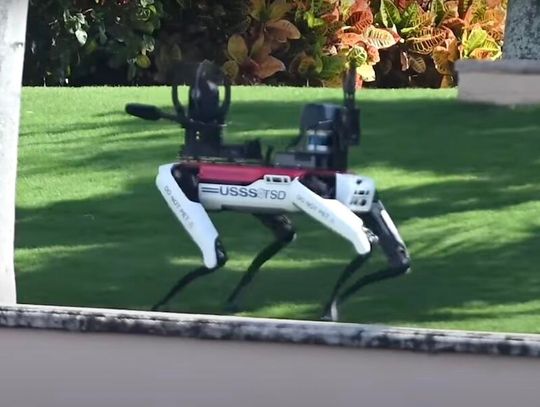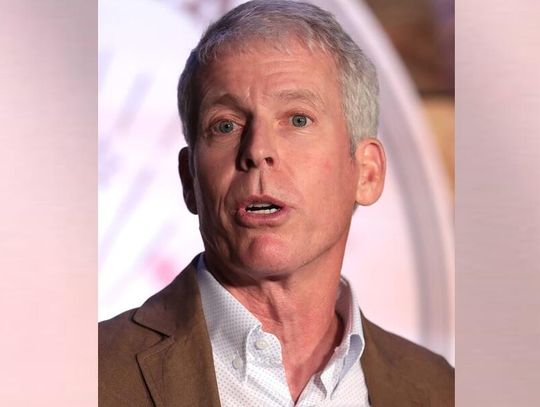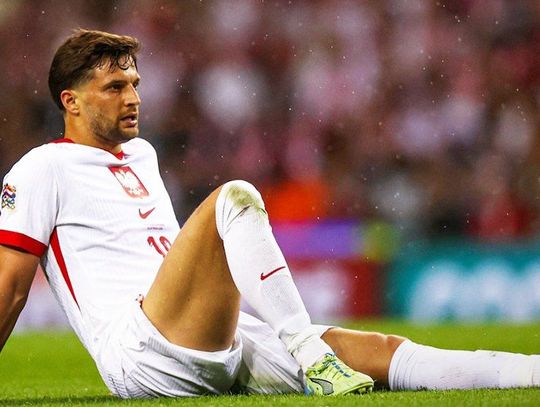Chicago – The State of Illinois’ Department of Innovation and Technology (DoIT) recently hosted the Smart State Roadmap Workshop, a two-day workshop to pursue becoming the first ‘Smart State’ in the nation.
“Governor Rauner has charged us to complete a holistic transformation and turn Illinois into a 21st century enterprise,” said Trey Childress, Deputy Governor of Illinois. “Becoming the first smart state in the country is not just about technology; it is about improved processes, governance and above all, improved customer service.”
This workshop had more than 50 participants including Deputy Governor Trey Childress, state agency heads, city officials, businesses, universities, national labs and non-profits. It expanded on the success of the initial Smarter Illinois event held in April 2016 that jumpstarted the state’s technology transformation efforts. The workshop was delivered by the Smart Cities Council, whose partners and advisors have contributed to more than 10,000 smart cities projects internationally.
“Illinois is aggressively reducing the 45 years of technology debt in only 4 years by acting boldly and strongly engaging the private sector and other partners in this effort,” according to the State of Illinois’ Department of Innovation and Technology Secretary Designate Hardik Bhatt. “We have the opportunity to leapfrog from legacy technology to global leadership, by getting a head start in becoming a smarter state.”
A smart state uses information and communications technology (ICT) to enhance livability, workability and sustainability in its cities, towns, rural areas and state agencies. A Smarter Illinois is ready for the future – harnessing digital transformation in a socially inclusive way that also strengthens business opportunities as well as the state’s brand.
Key goals of the smart state initiative include improving the overall efficiency, effectiveness and accessibility of government services; creating an attractive climate for businesses and entrepreneurs; increasing state GDP; and establishing a leadership position as a smart state – all while keeping enterprise security and privacy at the forefront and preparing our workforce for the future.
Sue Gander, the Director of the National Governors Association’s Environment, Energy and Transportation Division, also participated in the workshop. “Illinois’ smart state initiative is unique in that it involves collaboration among state agencies, cities, universities and industry partners,” said Gander. “The Illinois team set a strong example for other states to follow.”
During the workshop, several key action areas were prioritized with accompanying goals, assigned leadership roles and designated project partners, including the following:
Applying sensors and Internet of Things (IoT) to buildings and streetlights
Enhancing mobile citizen engagement and delivery of government services
Developing a procurement platform to obtain better pricing through volume discounts and streamline city and state purchasing
Generating more benefits from the existing portfolio of state assets
Creating a more business-friendly state supported by a digital portal
Applying smart cities standards
Reviewing policy and regulations to remove barriers to implementing smart technologies
Establishing a Smart Illinois brand
###
About DoIT: On January 25, 2016, Governor Rauner issued Executive Order 16-01 establishing the Department of Innovation & Technology (DoIT), a new state agency with responsibility for the information technology functions of agencies under the jurisdiction of the Governor. DoIT’s mission is to empower the State of Illinois through high-value, customer-centric technology by delivering best-in-class innovation to client agencies fostering collaboration and empowering employees to provide better services to residents, businesses, and visitors. More information can be found on the DoIT website.
About the Smart Cities Council: Launched in 2012, the Smart Cities Council is the author of the internationally recognized Smart Cities Readiness Guide, which provides guiding principles and best practices for an integrated, cross-cutting smart city. The Readiness Guide – which was developed based on input from hundreds of cities and solution vendors and has been applied all over the world – is the framework used to produce Readiness Workshops and Smart Cities Week conferences. The Council is comprised of more than 120 partners and advisors who have generated $2.7 trillion in annual revenue and contributed to more than 10,000 smart cities projects. To learn more, visit www.smartcitiescouncil.com.
(DoIT)
Photo: IDOT
Reklama










